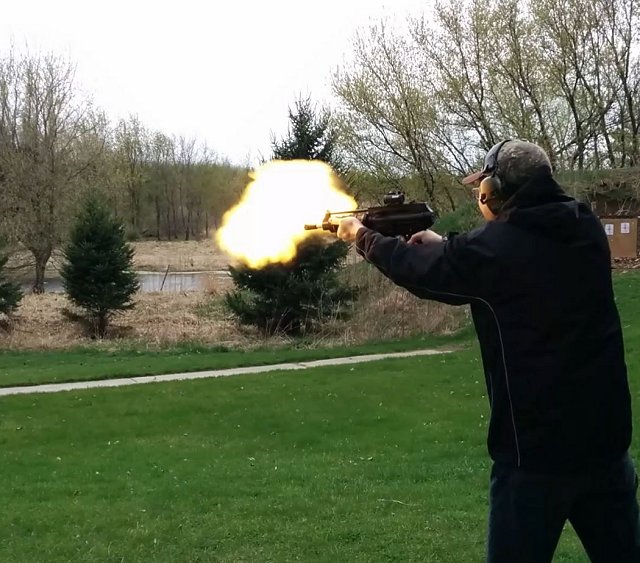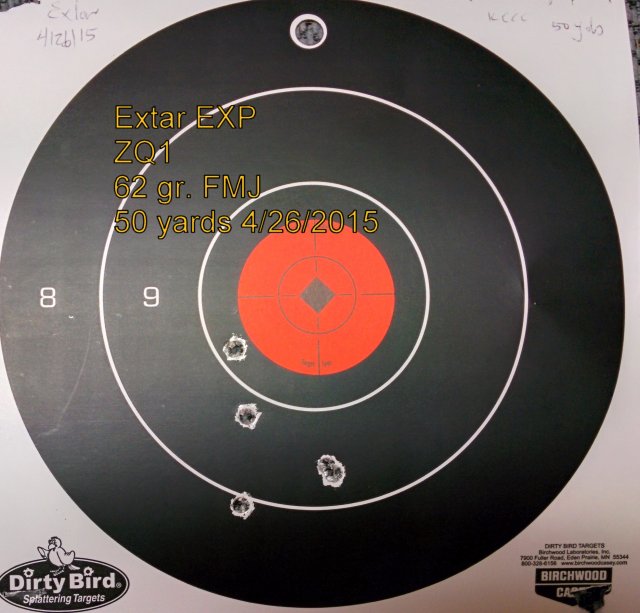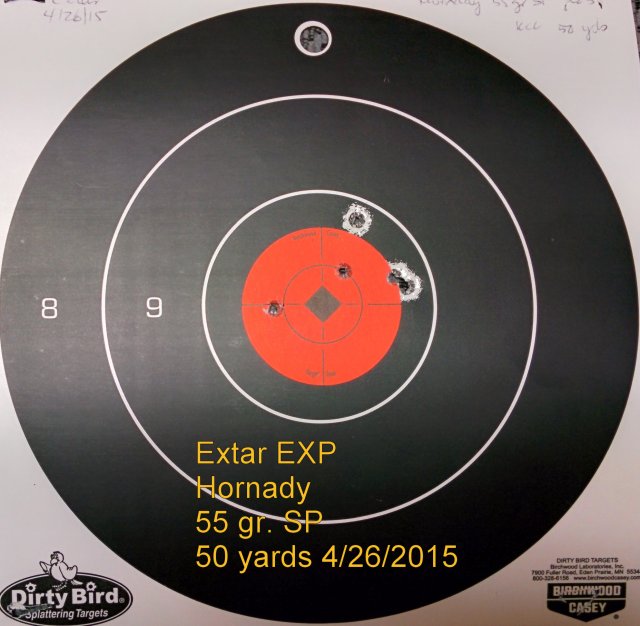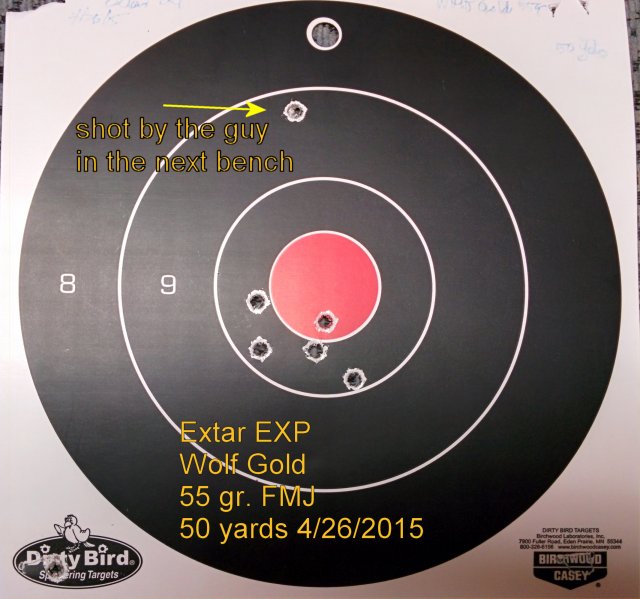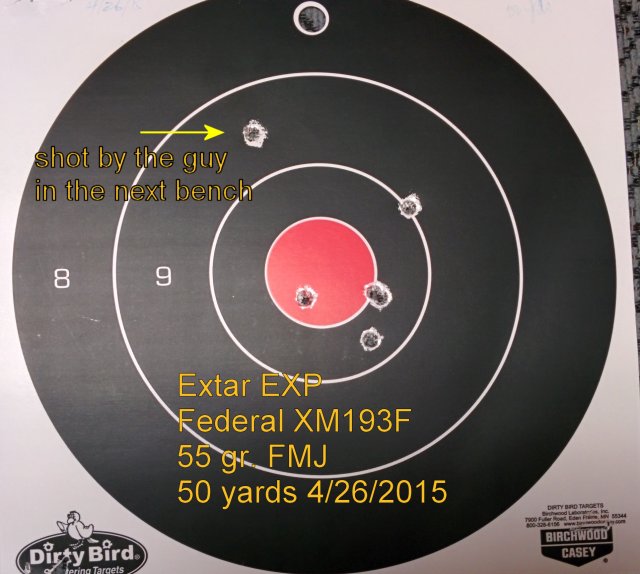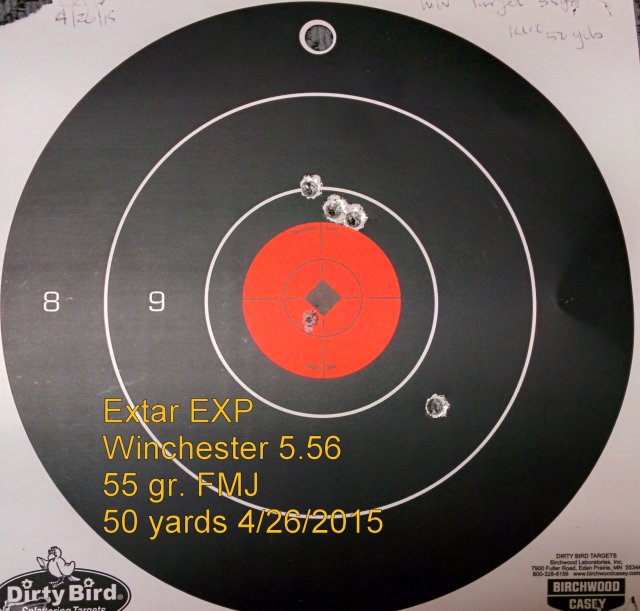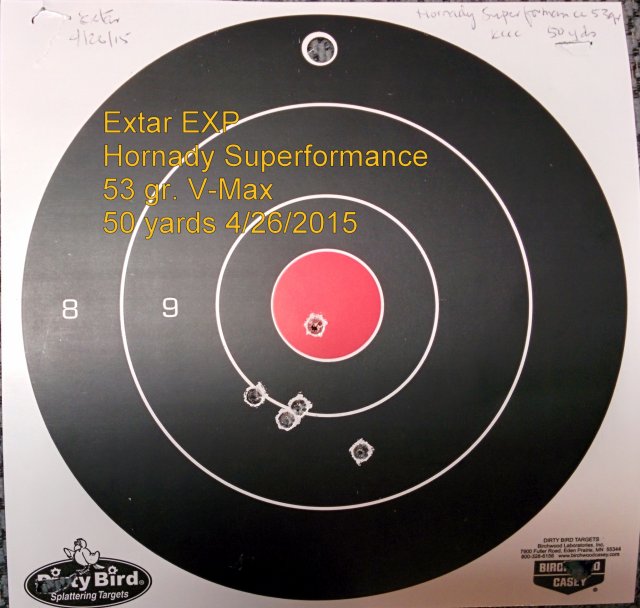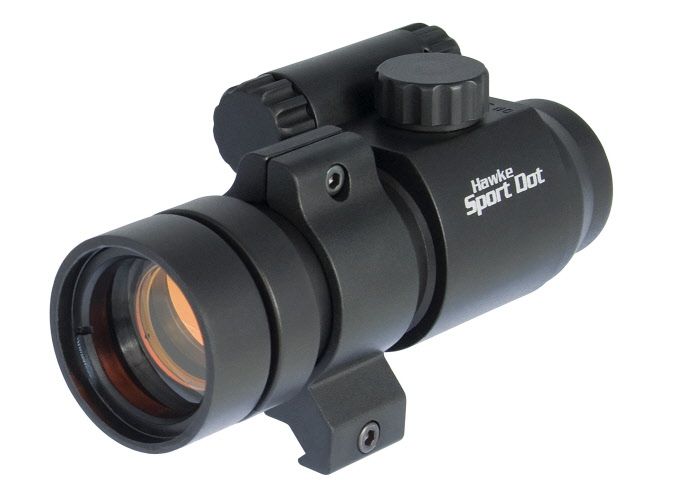@xl_target:
Dear Sir,
First, sorry for the delayed response. The laptop had gone kaput and took some time.
Second, I am writing my comments under the presumption that you're a retd Indian Army soldier enjoying his life abroad and are not associated with the weapons business. Out of respect for the Fauj, I will put forth my arguments against yours. However I sincerely hope that it shall not start another 'limited war' on this forum over who is right, as that is not the intention.
Third, if either of my assumptions is incorrect, pls omit the rest of my response.
xl_target wrote:
You're correct that nothing really ground breaking has happened with the design since Stoner invented it.
Changes have been minor and the basic design has remained the same.
In fact, one could take the upper of a Vietnam era M16, slip it onto a lower purchased last week and it will function with very few issues.
I submit that it is the soundness of Stoner's design that is reflected here and nothing else.
That makes me wonder about their true intentions behind their constant squirming to 'modernize', since you're just dumping one AR15 to buy another one.. perhaps it suits the interests of the mighty arms industry well represented by many in their brass...
IMHO the best operating mechanisms for assault rifles are short stroke pistons and delayed blowbacks - but then I am not as knowledgeable as many others.
Two Gulf Wars, a war in the Iraq and one in Afghanistan have shown us that there is nothing unreliable about the DI guns out there.
Pls tell why do they have a forward assist and dust covers if they're indeed so flawlessly reliable? If I remember correctly they first started jamming with dust and grit in Vietnam and have continued to so sincerely ever since.. A warfighting weapon must be 'element proof' IMHO. Again, I may be wrong.
Not surprisingly, in the over 50 years of its use, there is a whole library of documentation about the effects of the 5.56X45 cartridge on humans. People who deride the round as a "poodle shooter" have not seem the terminal effects of a 55 or 62 grain bullet travelling at 3000 feet/sec. Where you start to have problems with the round is at distance. However, I believe the M855 round was designed to penetrate a steel helmet at 600 yards from an M16.
You can achieve good ballistics with lighter bullets in a smaller caliber, however it also quickly brings down its killing potential - those who have used 7.62x39 vs 5.56x45 in a counter insurgency scenario would vouch for this fact. If I ever shot someone where they could shoot back at me, I would definitely want them dead with the first hit..
There are ways to achieve the tumble and frag performance of the 5.56 with other rounds as well. However the 5.56 can not create a bigger wound cavity to kill the enemy quickly enough with a single shot to preempt life threatening situations for the shooter. It also lacks the punching power of heavier rounds like the 300 BLK and the 6.5 Grendel.
Even though the Dutch Special Forces use a limited amount of 300 BLK, it will never be a significant military round.
The beauty of 300 BLK is that it suppresses very well with a short barrel with subsonic rounds. The use of a short barrel and suppressor would make it a good close quarters battle round. This gives you a compact and quiet weapon but those characteristics limit range and energy delivered downrange.
IMHO it is an excellent 'counter insurgency round' that can be the best replacement for the 7.62x39. It kills like a 7.62x39, can be suppressed like a 9mm, fired full auto like the 5.56, accurate like 308 and available in AR15.. What more do you want really?
Apart from the suppressed carbine configuration it can also be employed as a very effective 'smg'/SBR cartridge. Its supersonic rounds also display a superior suppression capability compared to 5.56 due to the lesser powder used. They also retain more power than the 5.56 at all ranges. The subsonic cartridges obviously limit hitting power but the gigantic 220 gr bullets are still as lethal as a medium caliber rifle round going subsonic.. The penetration potential of the subsonic round will also be much greater than the 9mm typically employed for such work.
Where it SUPPOSEDLY lags behind the 5.56 is its 7.62x39 ballistics but wasn't it a 7.62x39 replacement in the first place? If you really want the ballistics then 6.5 Grendel is the way forward.
I believe that the US SOCOM has issued an RFP for ARs in 300BLK chambering. Once that happens, I'm sure that enough heads will turn to make a difference...
Loads that deliver supersonic velocities, negate the sound moderation delivered by the suppressor but the average soldier doesn't gain much over the M855 5.56 round. Not enough to necessitate a change.
The various 6.XX rounds offer an improvement but apparently not enough of an improvement to necessitate a wholesale change, according to the military.
AFAIK the US army wants its ARs to shoot accurately out to 1km - best of luck for doing that with 5.56!








